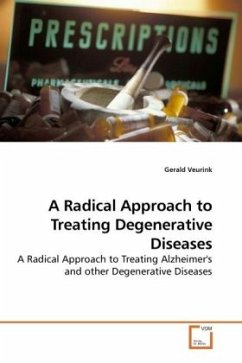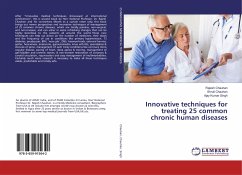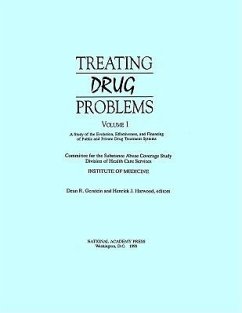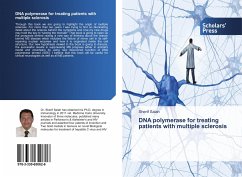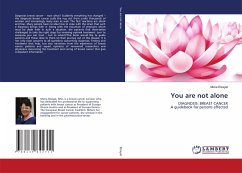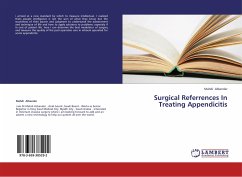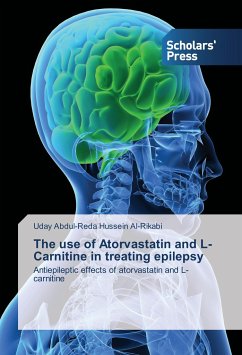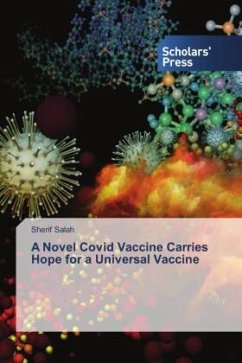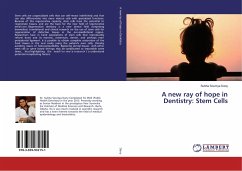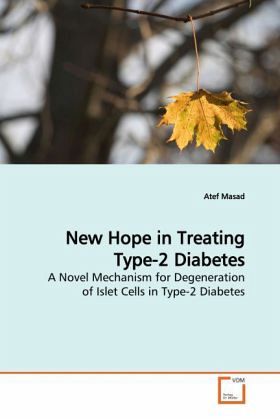
New Hope in Treating Type-2 Diabetes
A Novel Mechanism for Degeneration of Islet Cells in Type-2 Diabetes
Versandkostenfrei!
Versandfertig in 6-10 Tagen
45,99 €
inkl. MwSt.

PAYBACK Punkte
23 °P sammeln!
Amyloid deposits derived from a peptide called amylin are found in the pancreas in the vast majority of cases of type 2 diabetes mellitus (T2DM). This cutting-edge work investigates the hypothesis that the toxicity of amylin, leading to islet -cell loss and death in T2DM, could be due to the direct production of H2O2 during peptide aggregation. This would induce oxidative damage to the pancreatic -cells, particularly in the presence of redox-active metal ions. The research suggests that copper could play an important role in the pathogenesis of T2DM, possibly including the stimulation of H2O2 ...
Amyloid deposits derived from a peptide called amylin are found in the pancreas in the vast majority of cases of type 2 diabetes mellitus (T2DM). This cutting-edge work investigates the hypothesis that the toxicity of amylin, leading to islet -cell loss and death in T2DM, could be due to the direct production of H2O2 during peptide aggregation. This would induce oxidative damage to the pancreatic -cells, particularly in the presence of redox-active metal ions. The research suggests that copper could play an important role in the pathogenesis of T2DM, possibly including the stimulation of H2O2 generation from hA, generation of oxidative stress markers, and, ultimately in the degeneration and death of pancreatic islet cells. This book, therefore, provides a new rationale and added impetus for the clinical use of copper chelators and anti-oxidants in T2DM. It opens up additional avenues of research into the aetiology, pathogenesis and the treatment of T2DM.It fills a unique role as a base of knowledge for researchers seeking to develop pharmacological therapies, as well as those clinicians seeking to grasp a better understanding of this increasingly common disease process.



